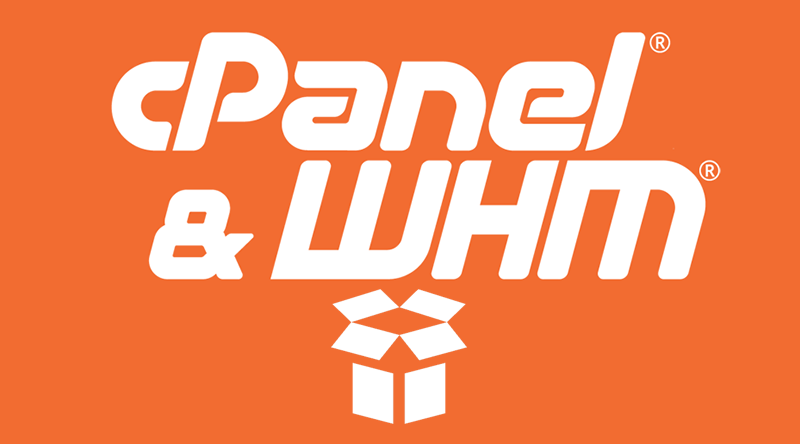
Improving the SEO (Search Engine Optimization) of your website through web design involves implementing various design elements and practices that optimize your site’s visibility and ranking in search engine results. Here are some key strategies to consider:
Responsive Design: Ensure your website is mobile-friendly and responsive, meaning it adapts seamlessly to different screen sizes and devices. Mobile-friendliness is a crucial factor in search engine rankings, as search engines prioritize websites that provide a positive user experience on mobile devices.
Site Speed Optimization: Optimize your website’s loading speed by minimizing file sizes, compressing images, and leveraging caching techniques. Slow-loading websites can negatively impact user experience and search engine rankings. Tools like Google PageSpeed Insights can help analyze and provide recommendations for improving your site’s speed.
Clean and Semantic Code: Use clean, well-structured HTML and CSS code for your website. Clean code improves the readability and accessibility of your site, making it easier for search engine bots to crawl and index your content accurately. Semantic markup, such as using proper heading tags (H1, H2, etc.), helps search engines understand the structure and hierarchy of your content.
Optimized URL Structure: Use search engine-friendly URLs that accurately describe the content of your web pages. Include relevant keywords in your URLs, separate words with hyphens, and avoid using excessive parameters or dynamic URLs.
Keyword Placement and Content Organization: Incorporate relevant keywords strategically in your website’s content, including headings, subheadings, and body text. However, prioritize creating high-quality, valuable content that is user-focused and engaging. Organize your content using proper headings and subheadings to improve readability and signal the importance of specific sections to search engines.
Image Optimization: Optimize your images by compressing them without compromising quality, using descriptive filenames, and adding alt tags that describe the image content. Image optimization improves page load times and helps search engines understand the context of your images.
Internal Linking: Implement internal links within your website to create a logical and hierarchical structure. Internal linking helps search engines discover and index your content, as well as distribute authority and ranking power across your site.
Schema Markup: Consider implementing schema markup, which adds structured data to your website’s HTML. Schema markup helps search engines understand the context and meaning of your content, potentially leading to enhanced search engine result displays (SERP) with rich snippets, such as star ratings, event details, or product information.
User-Friendly Navigation: Create a clear and intuitive navigation structure that allows users and search engine bots to easily navigate through your website. Include a sitemap.xml file to help search engines discover and index your pages efficiently.
Social Media Integration: Integrate social sharing buttons and encourage users to share your content on social media platforms. Increased social sharing can contribute to improved visibility and traffic to your website.
Remember, SEO is an ongoing process, and it’s important to regularly monitor your website’s performance, analyze data, and make any necessary adjustments to continually improve your SEO efforts. Additionally, staying up-to-date with the latest SEO best practices and algorithm updates can help you adapt your web design strategies accordingly.




















